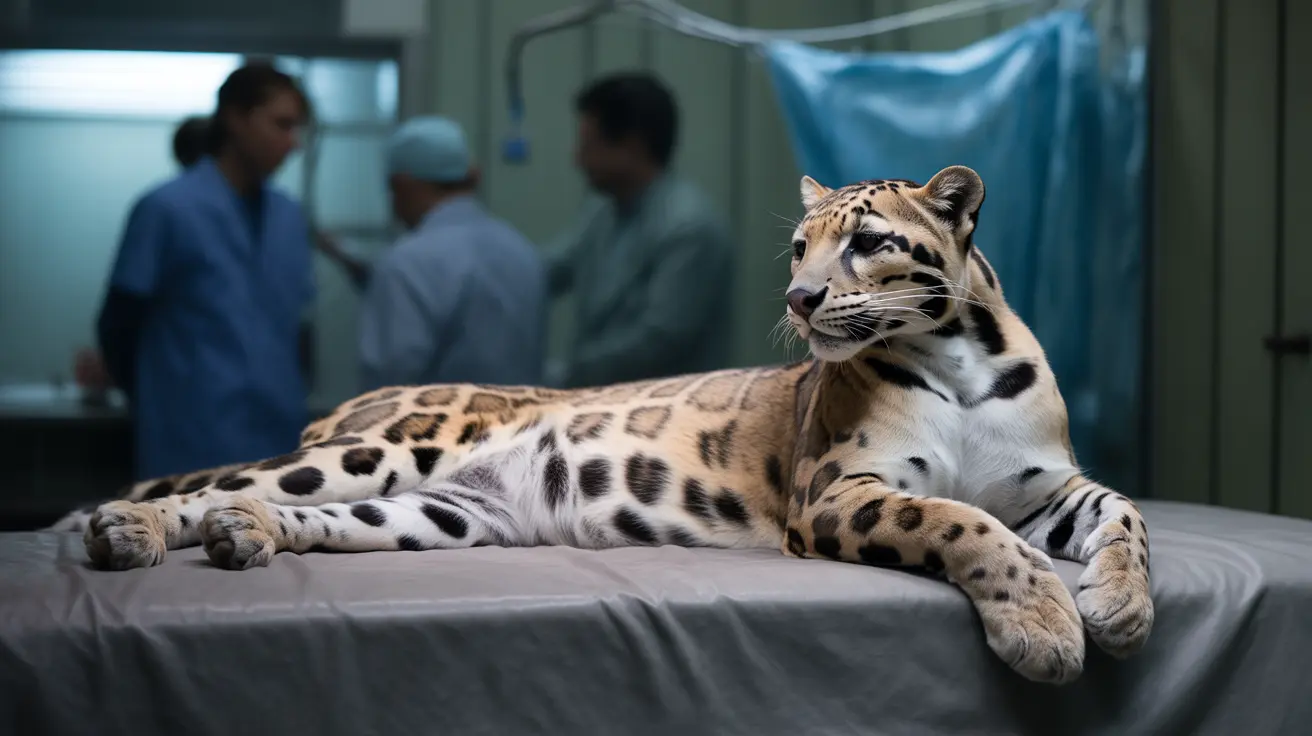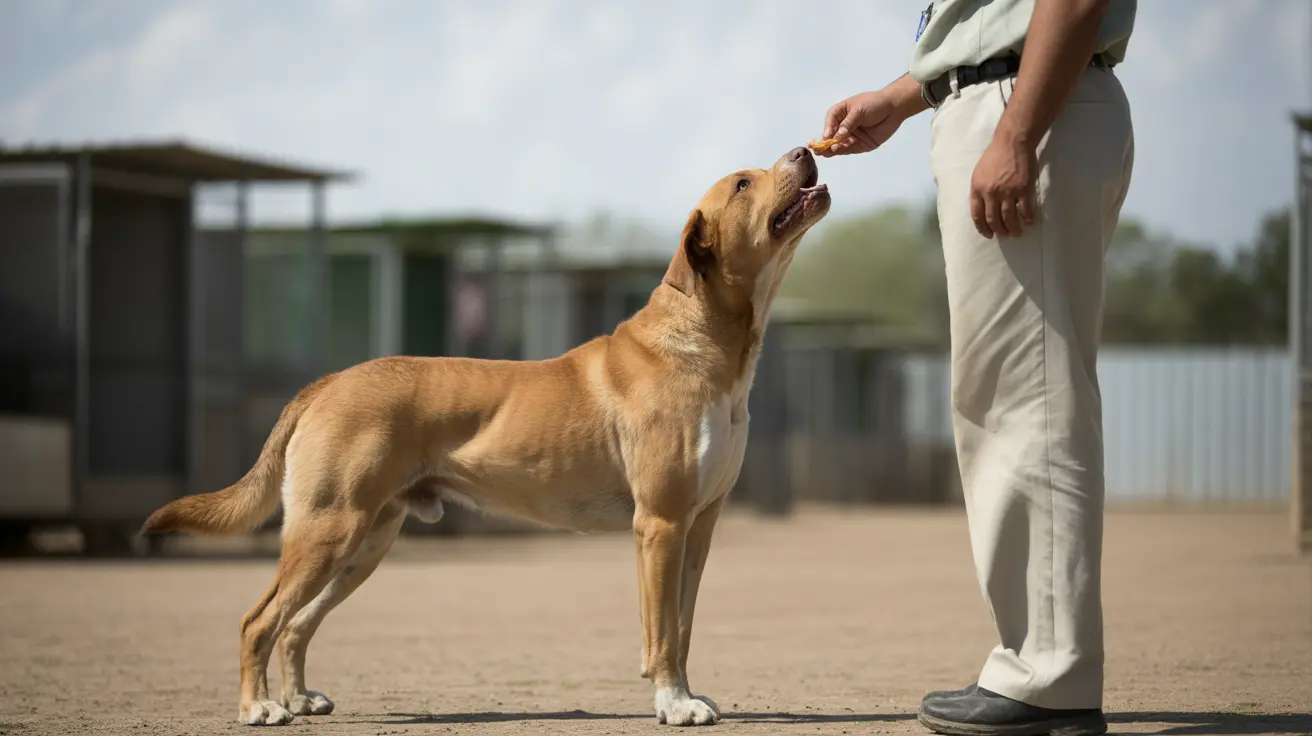Ventricular septal defect (VSD) in cats is a congenital heart condition that can significantly impact your feline companion's health. As one of the most common heart defects present at birth, understanding VSD is crucial for cat owners and veterinary professionals alike. This comprehensive guide will explore everything you need to know about this heart condition, from its causes to treatment options.
What is Ventricular Septal Defect in Cats?
A ventricular septal defect occurs when there's a hole in the wall (septum) that separates the heart's left and right ventricles. This defect allows blood to flow abnormally between these chambers, potentially affecting your cat's overall heart function and health. The severity of VSD largely depends on the size and location of the hole, with smaller defects often causing minimal issues while larger ones can lead to serious complications.
Signs and Symptoms of VSD
The symptoms of VSD in cats can vary significantly based on the defect's size. Many cats with small VSDs may show no obvious signs and live normal lives. However, cats with larger defects might exhibit:
- Difficulty breathing or rapid breathing
- Exercise intolerance
- Poor growth and development
- Lethargy and weakness
- Bluish tinge to gums and tongue (cyanosis)
- Persistent coughing
Diagnosis Methods
Veterinarians use several diagnostic tools to identify and assess VSD in cats:
Physical Examination
The first indication of VSD is often a heart murmur detected during routine veterinary checkups. Interestingly, a louder murmur doesn't always indicate a more severe defect.
Advanced Imaging
Diagnostic procedures typically include:
- Echocardiography with Doppler imaging
- Chest X-rays
- Electrocardiogram (ECG)
- Blood tests to assess overall health
Treatment Approaches
Treatment options for VSD in cats depend on the defect's size and severity of symptoms:
Conservative Management
Small defects often require no treatment beyond regular monitoring. These cats can lead normal lives without intervention.
Medical Management
For cats with moderate symptoms, medications may help manage complications such as:
- Diuretics to reduce fluid buildup
- ACE inhibitors to help manage blood pressure
- Beta-blockers to control heart rate
Surgical Options
In severe cases, surgical correction might be recommended, though this is less common in cats compared to other species. The procedure involves either traditional open-heart surgery or catheter-based techniques.
Long-term Prognosis
The outlook for cats with VSD varies significantly:
- Cats with small defects often have an excellent prognosis
- Some small VSDs may close spontaneously as the cat grows
- Larger defects require careful monitoring and management
- Regular veterinary check-ups are essential for all affected cats
Frequently Asked Questions
What are the common symptoms of ventricular septal defect (VSD) in cats?
Common symptoms include difficulty breathing, exercise intolerance, poor growth, lethargy, and in severe cases, bluish gums. However, many cats with small VSDs show no symptoms at all.
How is VSD diagnosed in cats, and what diagnostic tests are used?
VSD is primarily diagnosed through physical examination to detect heart murmurs, followed by echocardiography with Doppler imaging, chest X-rays, and sometimes ECG for comprehensive evaluation.
What are the treatment options for cats with VSD, and when is surgery recommended?
Treatment options range from monitoring for small defects to medical management with various medications. Surgery is recommended only for severe cases where the defect significantly impacts the cat's quality of life, though it's less common in cats.
Can small ventricular septal defects in cats close on their own, and what influences this outcome?
Yes, some small VSDs can close spontaneously as the cat grows, particularly during the first year of life. The likelihood depends on the defect's size and location, though this outcome isn't guaranteed.
How does the size of a VSD in a cat affect its prognosis and long-term health outlook?
The size of the VSD significantly impacts prognosis. Cats with small defects often have excellent prognoses and normal lifespans, while those with larger defects may face more serious complications and require ongoing medical management.
Understanding VSD in cats is crucial for providing the best possible care for affected felines. While the condition can be serious, many cats with VSDs live happy, healthy lives with appropriate medical attention and monitoring. If you suspect your cat may have a heart condition, always consult with a veterinarian for proper diagnosis and treatment recommendations.






